Tennis elbow, also known as lateral epicondylitis, is a condition that affects the elbow joint. It is a type of repetitive strain injury that occurs due to overuse of the muscles and tendons in the forearm, which attach to the lateral epicondyle of the elbow. The condition is often caused by activities that involve repetitive gripping and twisting of the wrist, such as playing tennis, golf, or using a computer mouse. However there are many helpful herbs for tennis elbow.
Disclaimer: This article is provided for informational purposes only and should not replace professional medical advice. Please consult with a qualified healthcare practitioner or herbalist before using any herbal remedies.
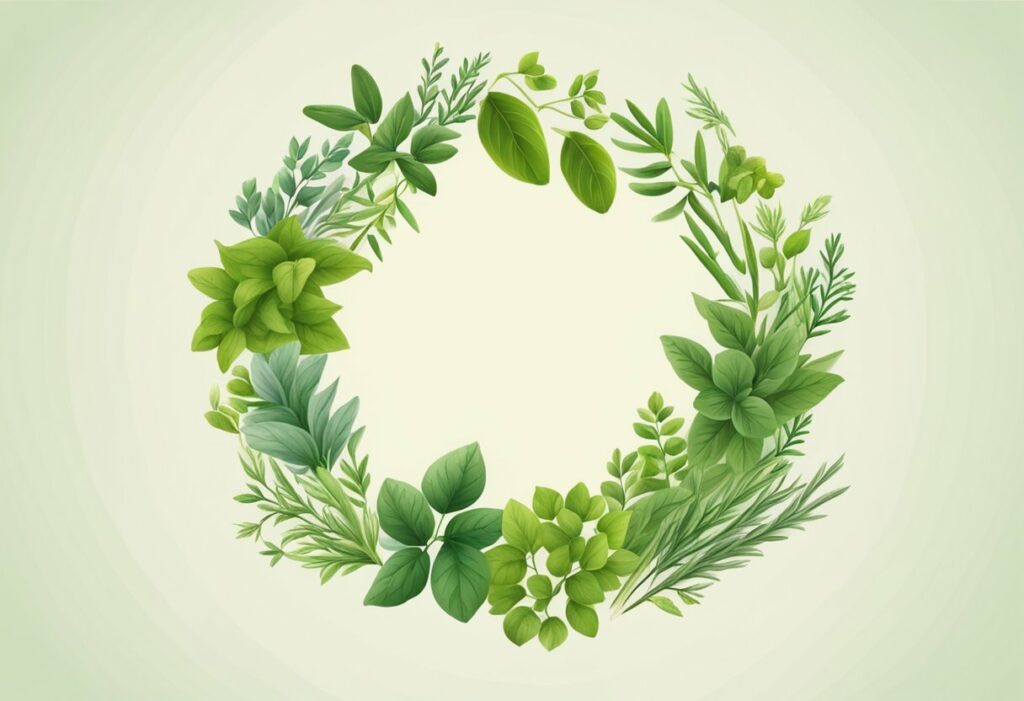
Herbal remedies have been used for centuries to treat a variety of ailments, including pain and inflammation. In recent years, there has been growing interest in the use of herbs for the treatment of tennis elbow. Some herbs have anti-inflammatory and analgesic properties that may help reduce pain and swelling in the affected area. Additionally, some herbs may help improve circulation and promote healing of the damaged tissues. However, more research is needed to determine the effectiveness of herbal remedies for tennis elbow and to identify the most effective herbs and dosages.
Understanding Tennis Elbow
Tennis elbow, also known as lateral epicondylitis, is a painful condition that affects the outer part of the elbow. It is caused by repetitive movements of the wrist and forearm muscles that attach to the lateral epicondyle, a bony bump on the outside of the elbow. The condition is common in tennis players, but it can also occur in people who perform repetitive motions of the wrist and arm, such as painters, carpenters, and plumbers.
Causes of Tennis Elbow
Tennis elbow is caused by repetitive motions of the wrist and forearm muscles that attach to the lateral epicondyle. These repetitive motions can cause small tears in the tendons that attach to the lateral epicondyle, leading to pain and inflammation. Racquet sports, such as tennis and badminton, are common causes of tennis elbow.
Symptoms of Tennis Elbow
The most common symptom of tennis elbow is severe pain on the outside of the elbow. The pain may worsen when gripping or lifting objects, and it may radiate down the forearm. Other symptoms may include stiffness, weakness, and difficulty moving the elbow joint.
Medical Term and Conditions
Tennis elbow is also known as lateral epicondylitis. It is a type of tendinitis, which is an inflammation of the tendons.
Risk Factors and Prevalence
Tennis elbow is most common in people who perform repetitive motions of the wrist and arm. It is estimated that 1-3% of the population is affected by tennis elbow each year. The condition is more common in men than women, and it is most common in people between the ages of 30 and 50.
Diagnosis and Medical Treatment
A physical exam is usually sufficient to diagnose tennis elbow. Medical imaging, such as X-rays or MRI, may be used to rule out other conditions. Treatment for tennis elbow may include rest, ice, non-steroidal anti-inflammatory drugs (NSAIDs), and physical therapy. In severe cases, steroid injections or surgical intervention may be necessary.
Overall, understanding the causes, symptoms, and risk factors of tennis elbow is important for preventing and treating this painful condition.
Natural Remedies~ Herbs for Tennis Elbow

Tennis elbow is a painful condition that affects the outer part of the elbow, causing discomfort and limited mobility. While there are many treatments available, some people prefer to use natural remedies to manage their symptoms. Here are some natural remedies that may help alleviate tennis elbow pain.
Herbs and Plant Extracts
Herbal remedies have been used for centuries to treat various ailments, including tennis elbow. Chinese herbal medicine, in particular, has been found to be effective in reducing inflammation and pain. Some herbs that may help alleviate tennis elbow pain include:
- Fenugreek seeds: Fenugreek seeds have anti-inflammatory properties and can be used as a natural analgesic. They can be consumed as a tea or added to food.
- Cat’s claw: Cat’s claw is a plant extract that has been used traditionally for its anti-inflammatory properties. It can be taken as a supplement or added to food.
Benefits of Essential Oils
Essential oils are highly concentrated plant extracts that can be used for a variety of purposes, including pain relief. Some essential oils that may be helpful for managing tennis elbow pain include:
- Lavender oil: Lavender oil has anti-inflammatory and analgesic properties and can be used topically to reduce pain and inflammation.
- Peppermint oil: Peppermint oil has a cooling effect and can be used topically to reduce pain and inflammation.
Home Remedies
There are several home remedies that may help alleviate tennis elbow pain. These include:
- Ice packs: Applying ice packs to the affected area can help reduce inflammation and pain.
- Warm compresses: Applying warm compresses to the affected area can help increase blood flow and reduce pain.
Nutrition and Supplements
Nutrition and supplements can also play a role in managing tennis elbow pain. Some nutrients and supplements that may be helpful include:
- Vitamin C: Vitamin C is an antioxidant that can help reduce inflammation and promote healing. It can be found in citrus fruits, berries, and leafy greens.
- Omega-3 fatty acids: Omega-3 fatty acids have anti-inflammatory properties and can be found in fatty fish, nuts, and seeds.
While natural remedies can be effective in managing tennis elbow pain, it is important to consult with a healthcare professional before starting any new treatment.
Physical Therapy and Exercises~ Herbs for Tennis Elbow
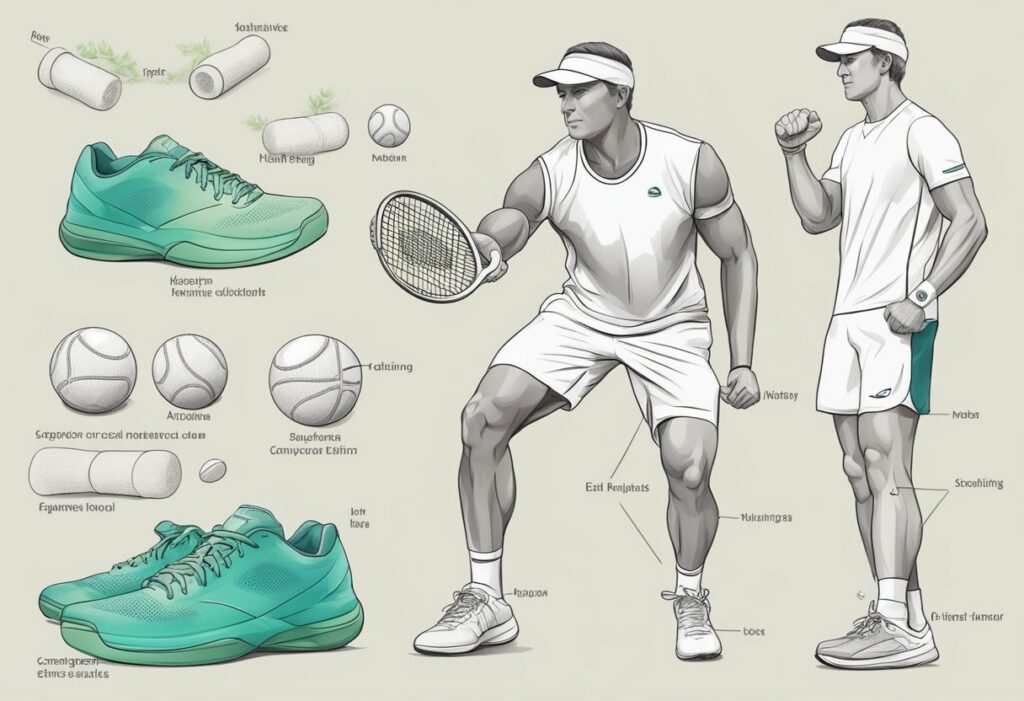
Role of Physical Therapy
Physical therapy is an important part of the healing process for tennis elbow. A physical therapist can help the injured arm recover by working to improve range of motion, reduce pain, and increase strength in the damaged tissue. Physical therapy can also help to improve blood circulation, which is important for the healing process.
The physical therapist will work with the patient to create a personalized treatment plan that includes exercises and other therapies. Depending on the severity of the injury, physical therapy may be done in a clinic or at home.
Exercise and Movement
Exercise is an important part of the treatment for tennis elbow. The right exercises can help to strengthen the muscles in the arm and reduce pain. The physical therapist will work with the patient to create an exercise plan that is tailored to their specific needs.
One exercise that is often recommended is the use of a tennis ball. The patient can squeeze the ball in their hand to strengthen the muscles in the forearm. Another exercise is the wrist extension, which involves holding a weight and extending the wrist up and down.
It is important to avoid repetitive wrist movements that can aggravate the injury. The physical therapist can help the patient learn how to move their arm in a way that reduces strain on the affected area.
Overall, physical therapy and exercises are an important part of the treatment plan for tennis elbow. By working with a physical therapist and following an exercise plan, patients can improve their range of motion, reduce pain, and speed up the healing process.
Prevention and Care
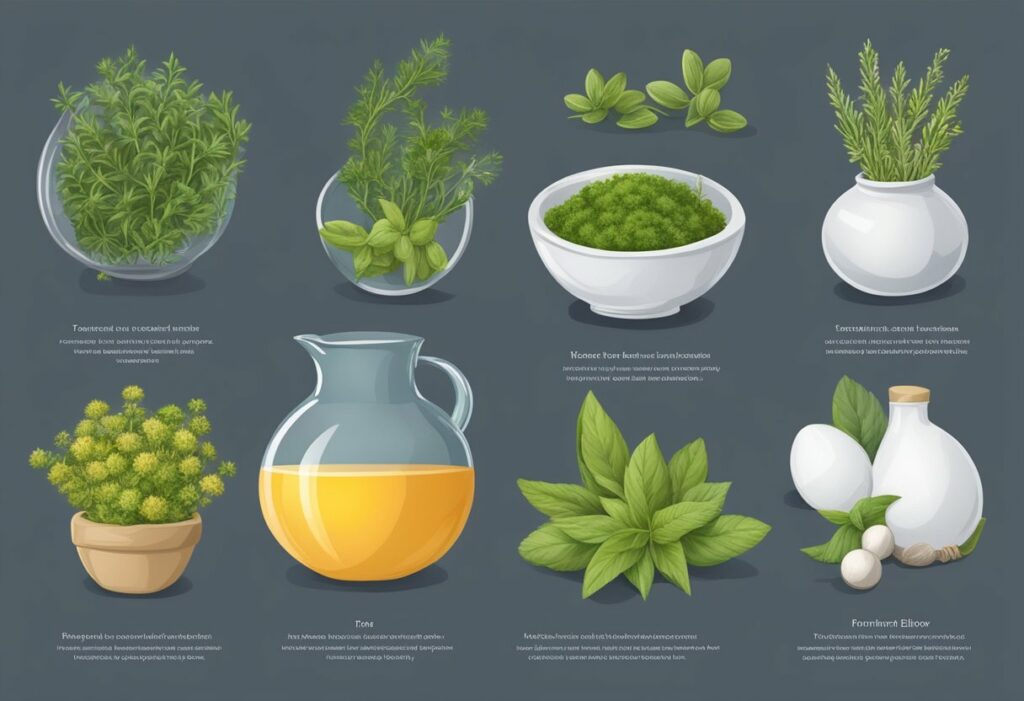
Tennis elbow is a common condition that can be prevented and managed with proper care. Here are some lifestyle changes, equipment adjustments, and signs to look out for to prevent and manage tennis elbow.
Lifestyle Changes
Making some simple changes to your lifestyle can help prevent tennis elbow. These include:
- Stretching: Stretching the forearm muscles regularly can help prevent tennis elbow. Incorporate stretching exercises into your daily routine.
- Rest: Avoid overusing the elbow area. Take breaks when performing repetitive tasks that involve the elbow area.
- Exercise: Regular exercise can help strengthen the muscles and tendons in the forearm, reducing the risk of tennis elbow.
Equipment Adjustments
Adjusting equipment can also help prevent tennis elbow. Here are some tips:
- Tennis Racket: Choose a racket with a larger grip size and lighter weight to reduce the strain on the elbow area.
- Computer Mouse: Use a mouse that fits comfortably in your hand and try to avoid gripping it too tightly.
- Tools: Use tools with padded handles to reduce the strain on the elbow area.
When to Seek Medical Supervision
If you experience mild pain or discomfort in the elbow area, you can manage it with nonsurgical treatment options such as rest, ice, and anti-inflammatory medications. However, if the pain persists, you should seek medical supervision. Here are some signs to look out for:
- Severe pain
- Difficulty moving the arm
- Swelling or bruising
- Weakness in the arm
Medical supervision may involve deep tissue massage, ayurveda treatment, or other treatment options depending on the severity of the condition.
In conclusion, preventing and managing tennis elbow is possible with the right treatment plan and proper care. The good news is that there is scientific evidence to support the medicinal effects of some herbs in promoting collagen production and reducing inflammation in the damaged tendon. However, it is important to seek medical supervision for severe cases of tennis elbow.

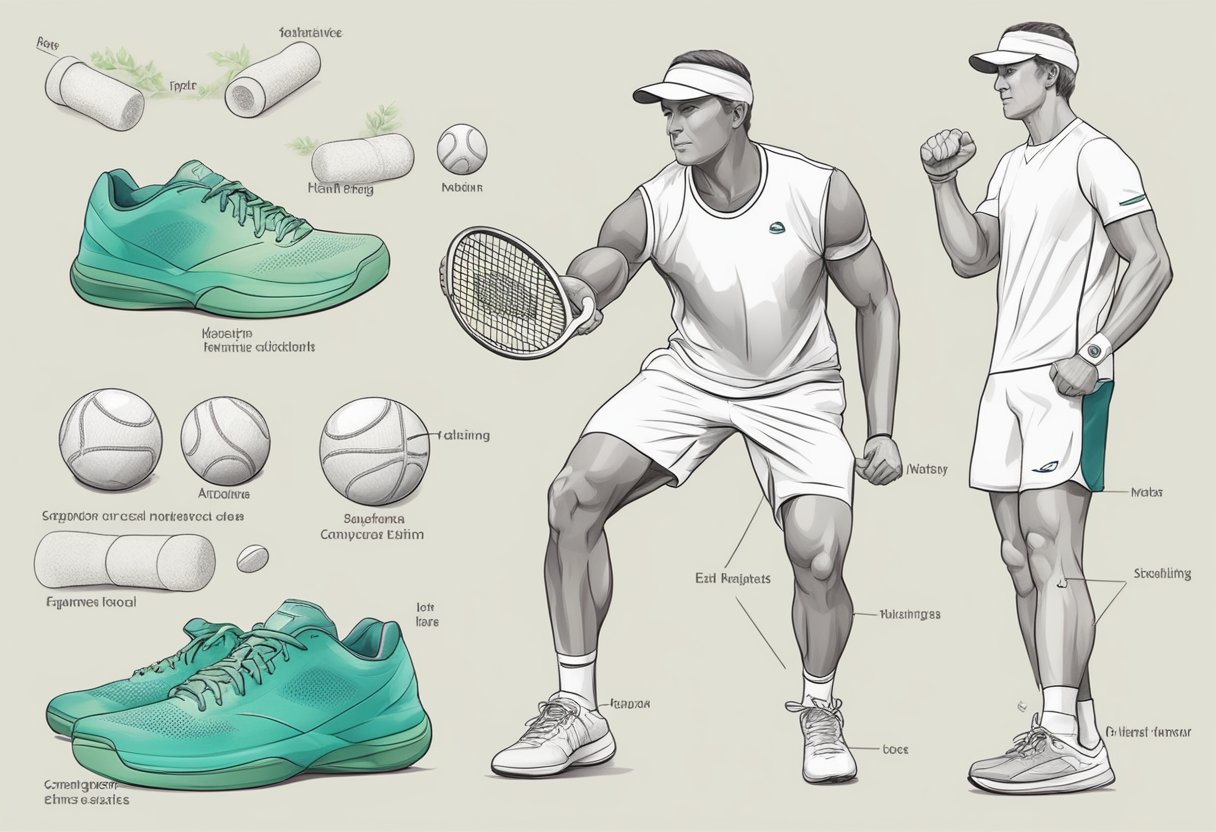

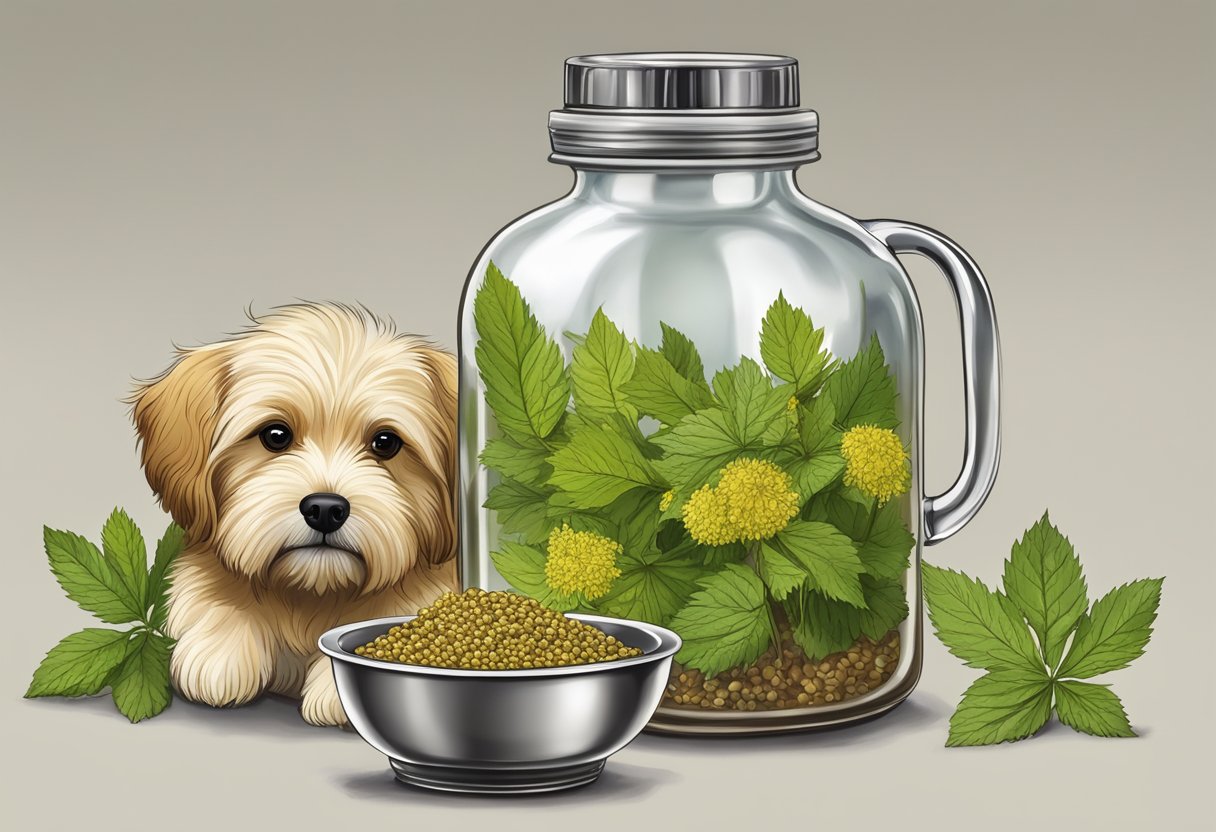
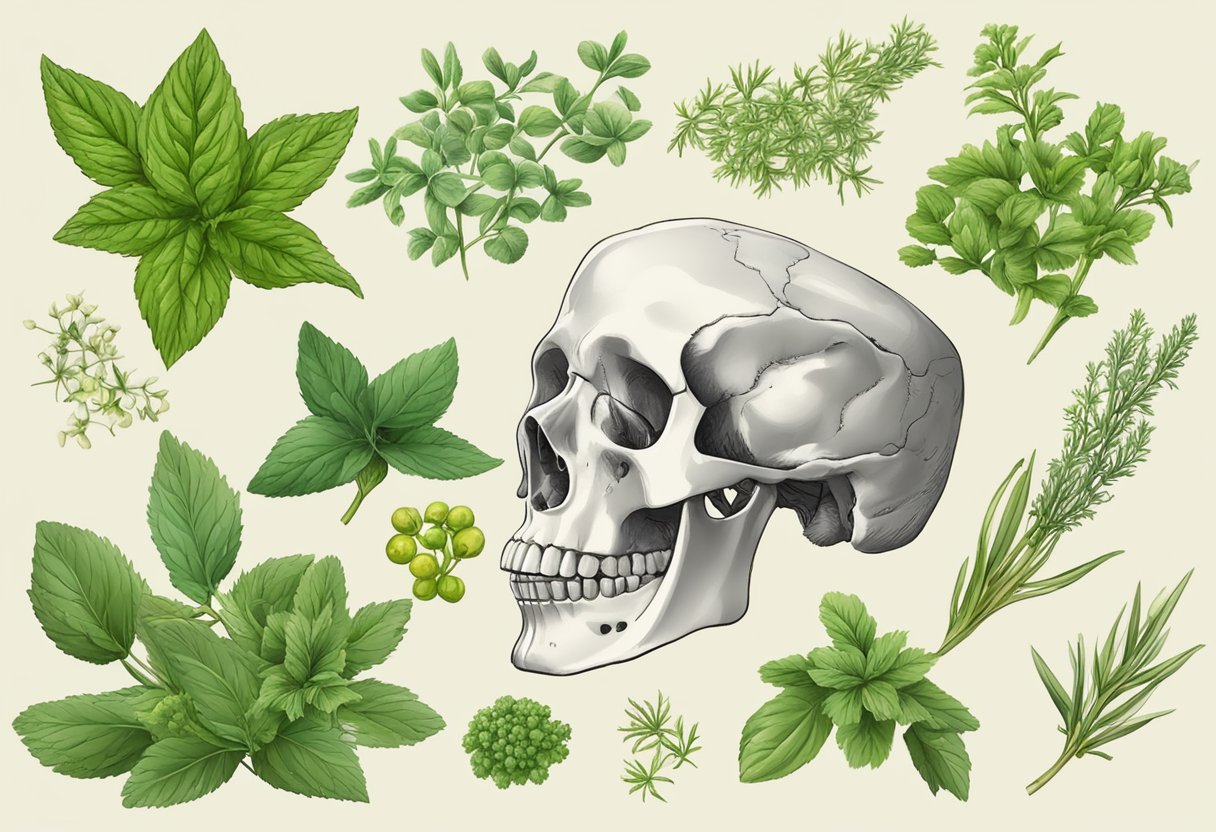
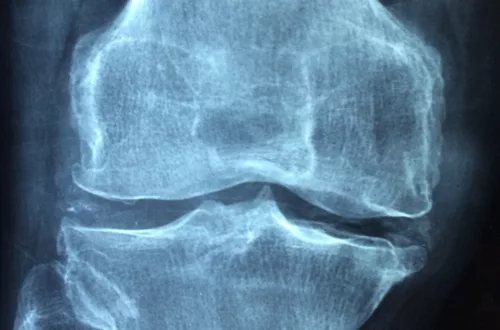


2 Comments on “Herbs for Tennis Elbow: Natural Remedies to Relieve Pain and Inflammation”